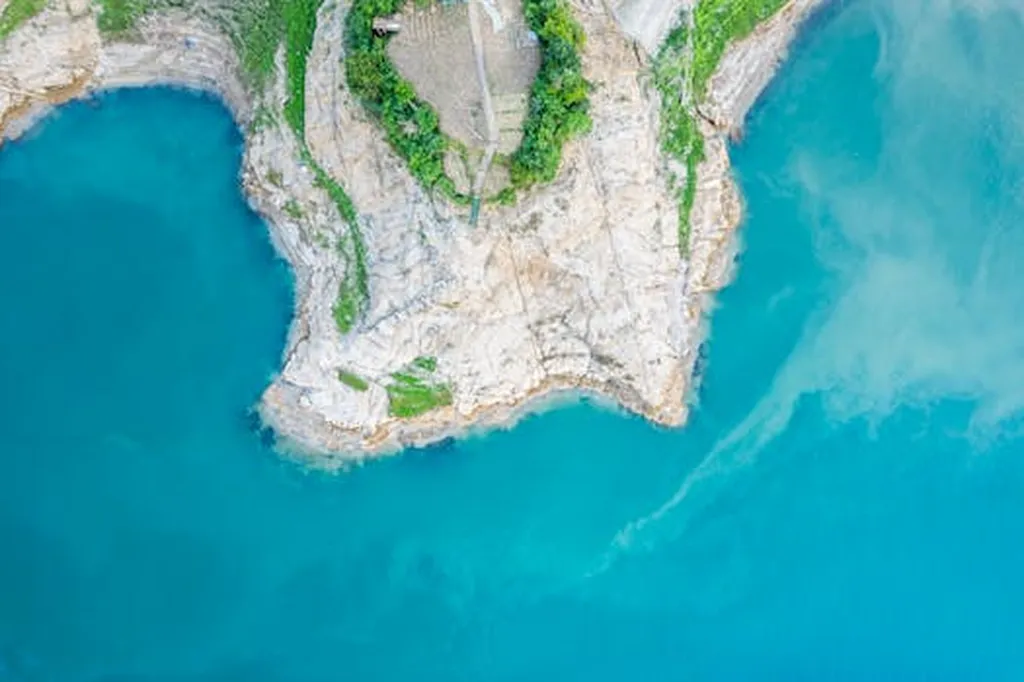In the heart of China’s energy transformation, a groundbreaking study is shedding light on the intricate underground river systems that could significantly impact the future of hydropower projects. Led by Jianwen Cao from the Institute of Karst Geology, part of the Chinese Academy of Geological Sciences, this research is crucial for the energy sector, particularly in karst-rich regions like Hubei Province.
The study, published in *Carsologica Sinica* (which translates to “Karst Science”), focuses on a pumped-storage hydropower station where the upper reservoir is situated in a karst depression. Karst regions, characterized by their soluble rock formations, often pose challenges due to their complex hydrogeological conditions and the risk of water leakage.
“Understanding the underground river system is pivotal for the success of such projects,” Cao emphasizes. “The key lies in identifying the boundaries and structural characteristics of these systems to mitigate risks and ensure the stability of the reservoir.”
The research integrates multiple technical methods, including regional structural analysis, geomorphic identification, underground river tracing, and micro-dynamic automation monitoring. These techniques provide a comprehensive understanding of how karst development impacts engineering projects.
One of the critical findings is the absence of aquitards or water-blocking structures around the upper reservoir. This means that groundwater can freely migrate through the vertical and secondary fractures in the rock formations. “The secondary cracks generated in the axis of the anticline play a dominant role in karst development,” Cao explains. This understanding is vital for predicting potential leakage paths and designing effective mitigation strategies.
The study also reveals that the upper reservoir is located in the supply area of the Dongzhushui underground river system. The permeability rate of the rock mass varies significantly across different parts of the reservoir, with some areas posing a high risk of leakage. This variability underscores the need for detailed site-specific analyses to ensure the safety and efficiency of hydropower projects.
Moreover, the research highlights the dynamic nature of karst development. The reservoir area has undergone multiple stages of denudation, and the current stage of dissolution is still ongoing. This ongoing process can lead to deformation in the overlying strata, potentially causing uneven settlement and karst collapse. “After the engineering water storage, it is crucial to monitor and prevent these potential issues,” Cao notes.
The implications of this research are far-reaching for the energy sector. By accurately identifying the boundary and structural characteristics of the karst water system, engineers can make informed decisions about site selection and project design. This knowledge is particularly valuable for other karst areas, providing a scientific basis for future hydropower projects.
As China continues to promote green and low-carbon energy transformation, understanding the complexities of karst regions will be essential. This study not only advances our knowledge of underground river systems but also paves the way for more sustainable and efficient hydropower development. By leveraging multi-information analysis, the energy sector can navigate the challenges posed by karst regions and harness the full potential of hydropower in these areas.
In the words of Cao, “This research provides a crucial foundation for the future of hydropower in karst regions, ensuring that we can develop these resources sustainably and responsibly.”

